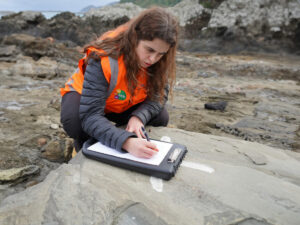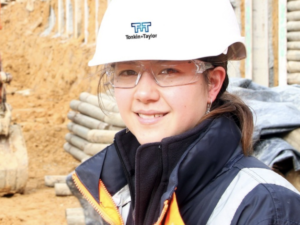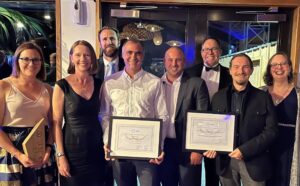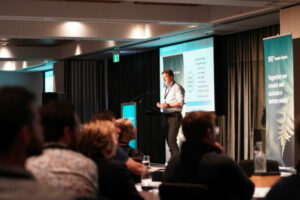Australia’s transport infrastructure is evolving rapidly, with sustainability now a crucial factor in project planning and execution. To achieve meaningful progress, a comprehensive approach is essential—one that integrates Whole-of-Life (WoL) assessment to deliver more sustainable design solutions.
The Importance of Whole-of-Life Assessment
The Whole-of-Life (WoL) approach aims to ensure that an asset performs effectively with minimal costs over its entire lifespan. This is achieved by integrating alternative options and analysing their costs during the Project Planning, Design, and Construction phases. Unlike the traditional “business as usual” (BAU) approach, WoL needs to be embedded in the project methodology from the outset. It serves as a decision-making tool to identify design options that provide the best value throughout the asset’s life.
WoL assessment evaluates the total cost and environmental impact of a project from construction through to maintenance and eventual decommissioning. This approach allows for a more accurate comparison of design options, taking into account not just initial construction costs but also long-term benefits and savings. Despite its recognised importance, WoL assessment is frequently overlooked or undervalued during the tendering process, leading to decisions based mainly on upfront costs rather than long-term value.
Read the full article by Farid Khayyer, Principal Geotechnical & Pavements Engineer, written for Roads Australia, here.
Sustainability is key to infrastructure success. Contact our specialists for help with your sustainable infrastructure goals by emailing australia@tonkintaylor.com.au or calling +61 3 9863 8686.
(This article was originally published on August 13th by Roads Australia.)



















